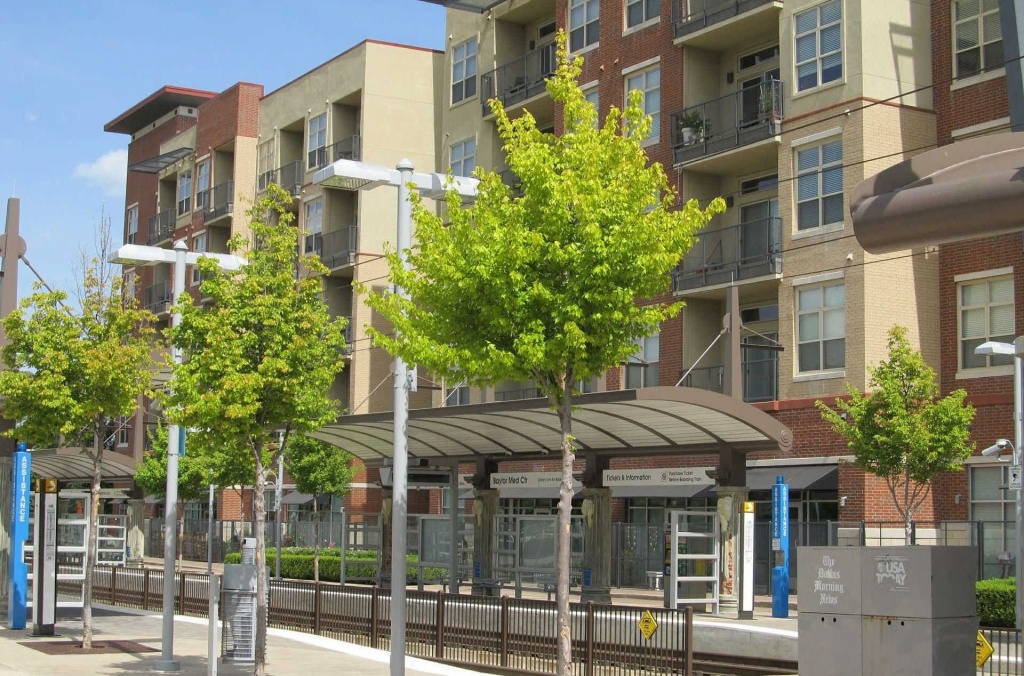Ever since the Pacific and Central Railroads first met in Promontory, Utah, to complete in the first transcontinental railroad in 1869, it was clear that mass transit was never going to be the same. Cities starting popping all along the railroads, filled with residents eager to take advantage of this new transit opportunity.
Fast forward to 150 years later. I was reading an editorial published in the Los Angeles Times about the new Expo Line (“It’s time for L.A. to put up or shut up about building denser housing around transit,” June 25, 2018) and its promise of bringing more homes and jobs to the local population, which got me thinking about all of the burgeoning development in and around these new transit hubs, and the ongoing NIMBY vs. YIMBY debate. As an architect, lifelong Angeleno and sustainability advocate, I find it challenging to visit the issue of development rights and the question of where to locate denser housing. However, it’s a conversation we need to have.
Efforts to curb housing density often arrive too late in the process. The State, County and City work for years on these mass transit plans. The process includes the community and ideally, other parties who contribute their time to provide valuable feedback regarding the future build-out of our city. Once that input is provided—or not—the city moves ahead to implement a plan. Once all of the funding sources are secured, the plans for design, property accumulation and construction for a new transit line with new hubs, pre-planned with community input, are all posted online. It is often at this point in the project, when spending is already underway, that you hear of people fighting to hold back on these denser locations of development.
The reality is that Los Angeles needs more housing, and the call to stop a project over density is in the beginning during planning, not at the start of construction or after initial input has been given. At that point you are not doing your community a service; rather, you are being a thorn in its side. You are slowing down the inevitable and potentially infringing on other people’s property rights, as some homeowners put their own personal assets into such projects. There is a difference between an activist and an obstructionist. A citizen who is truly part of the community does their homework in advance.
My personal example is my first home. Before the purchase, I did my homework, researching the zoning issues around the property I was going to buy. Even after the purchase, I kept myself informed—through the AIA (American Institute of Architects) and the City of Los Angeles—of all zone change issues and permit applications on the properties around my home. We did have an alley behind us and R-1.5 zoning which was changing to R-3 housing for apartments. So, I knew that at some point the two-story walk-up apartments were going to come down and the new three-story full site apartments would be rolled out. That just made sense. I worked for a few years with the City on the transitional height ordinance which would require the R-3 zoning to step back all floors of the apartment zone to keep a more private and sun-filled backyard for my property and similar ones. In the end, my homework helped other single-family properties and achieved what I thought was a good compromise on up-scaling my neighborhood.
Understand, I do not like many of the changes that are taking place. However, I believe that a fight is most effective when it starts before major decisions have already been made. Help change the codes to scale building requirements for development projects based on their size. Being proactive on zoning/city planning issues makes a real difference.
